World Fine Art Professionals and their Key-Pieces, 138 – Renata Buziak
World Fine Art Professionals and their Key-Pieces, 138 – Renata Buziak
In September I was at the opening of the exhibition ‘BIOCHROMES, Medicinal Plant Cycles’ at the Amsterdam WM Gallery. The maker of the extraordinary photos in which photography and biology make a connection, Renata Buziak, was there and she held a short introduction to her work.
When she was young, living in South East Poland, she liked to be in nature. There was plenty of nature around her hometown. She got interested in photography through her sister, who was a student of the Art School. “She introduced me to the process of making pictures and to the darkroom. I found it fascinating.”
To Australia
In the beginning of the nineties she moved to Australia where she studied at the Queensland College of Art (QCA), Griffith University in Brisbane. She learned all the rules of photography and developed a passion for experimenting with the photo process in combination with her interest in nature and biology, especially microlife and bacterial processes.
Renata Buziak makes her art by arranging plants on photographic materials and allowing them to decompose. Photographic papers contain gelatine, so Renata can create breeding grounds for microbes and other elements of decay. These create their own pigments, which work with light to create stunning and unusual pictures. Renata calls the fusion of organic and photo materials in a decomposition process the ‘biochrome’.
Renata Buziak: “This process of developing images through decomposition led me to work with timelapse photography, which allows recording the blossoming and movement of fungi and microbes.”
Medicinal plants
The Medicinal plant cycle series focuses on Australian native medicinal plants from Minjerribah / North Stradbroke Island. Renata: “The work in this exhibition, Medicinal Plant Cycles, draws on natural science and extensive consultations and discussions with members of the Quandamooka community of Minjerribah.”
Part of the exhibition is a video, which is accompanied by recordings of her dialogues with several persons of the the Quandamooka community. “My first couple of contacts on the Island were through the Queensland Herbarium. Then, I discussed my project with staff from the North Stradbroke Island Historical Museum, and other members of the Quandamooka community. I acknowledge with deep appreciation their willingness to participate. The title of the exhibition refers to plant cycles, cycles of decay and renewal, the cycle of passing on knowledge, the cycle of time, seasons, and the constant flux of natural processes.”
Through this exhibition she hopes to reveal a beauty in decomposition and raise notions of transformative cycles. “This focus on Minjerribah medicinal plants aims to promote the recognition, appreciation, and value of local medicinal plants in the context of Aboriginal knowledge and natural science.”
Exhibitions
Renata Buziak completed her undergraduate studies in 2005 and PhD in 2016. She has been exhibiting for over a decade. Currently she is a sessional academic. She is passionate about nature, art, collaborations and education.
Her experimental biochrome work has been exhibited in solo and group exhibitions, nationally and internationally. She received several grants, scholarships and art awards. She also completed several artist residencies, such as Brisbane Botanic Gardens Mt Coot-tha, Lines in the Sand Arts Festival, Harrigan Lane Projects, and Bilpin International grounds for Creative Initiatives (BigCi).
Her work is held in private and public collections, including The Macquarie Group, University of Queensland, Sunsuper, Marie Curie-Sklodowska University in Lublin PL, Academy of Fine Art Warsaw PL, The National Museum in Wroclaw PL.
Her monogram Renata Buziak: Afterimage was launched in 2010 by the Queensland Centre for Photography, and research papers published in the Studio Research Journal and in Brisbane Diseased publication.
Images
Images: 1) Melaleuca quinquenervia… disinfectant… 2015, archival print on paper, 66.7 x 50 cm, 2/5, 2) Leptospermum juniperinum… insect repellent… 2015, archival print on paper, 63×50 cm, 1/5, 3) Melaleuca quinquenervia and Corymbia intermedia… antiseptic… 2015, archival print on paper, 90 x 300 cm, 2/3, 4) Euphorbia hirta… antiviral… 2017, archival print on paper, 38 x 26.5 cm, 1/7, 5) Banksia interifolia, sweet nectar 2017, archival print on paper, 35.5 x 26.5 cm, 1/7, 6) Ipomea pes-caprae… pain reliever… 2017, archival print on paper, 36.5bx 27 cm, 1/7, 7) Hardenbergia violacea… blood-purifier… 2015, archival print on paper, 66.7 x 50 cm, 2/5, 8) Sesuvium portulacastrum, antibacterial II… 2014, 120 x 90 cm, 2/3, 9) Pteridium esculentum… astringent… 2015, archival print on paper, 43 x 100 cm, 2/5, 10) Renata Buziak, photo Eva Urbanska
http://renata-buziak.com/ http://gallerywm.com/WP/
http://ifthenisnow.eu/en/stories/world-fine-art-professionals-and-their-key-pieces-138-renata-buziak
Disclaimer: The views, opinions and positions expressed within this guest article are those of the author Walter van Teeffelen alone and do not represent those of the Marbella Marbella website. The accuracy, completeness and validity of any statements made within this article are not guaranteed. We accept no liability for any errors, omissions or representations. The copyright of this content belongs to Walter van Teeffelen and any liability with regards to infringement of intellectual property rights remains with the author.

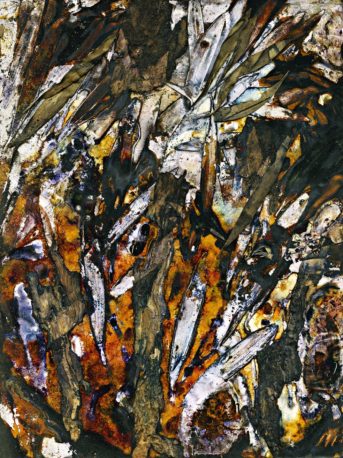
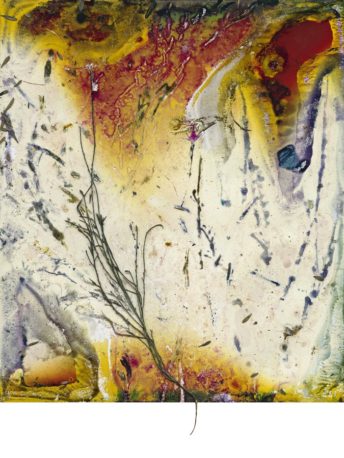

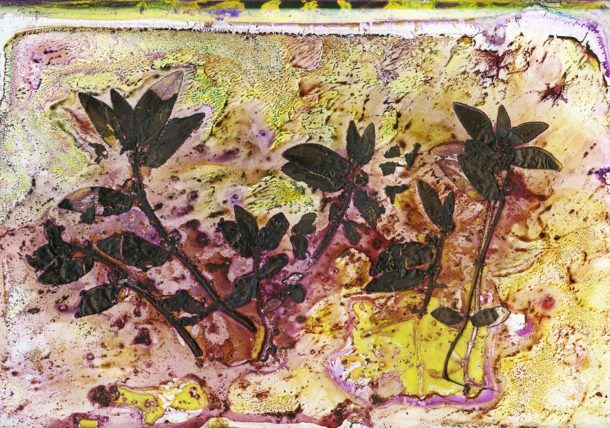
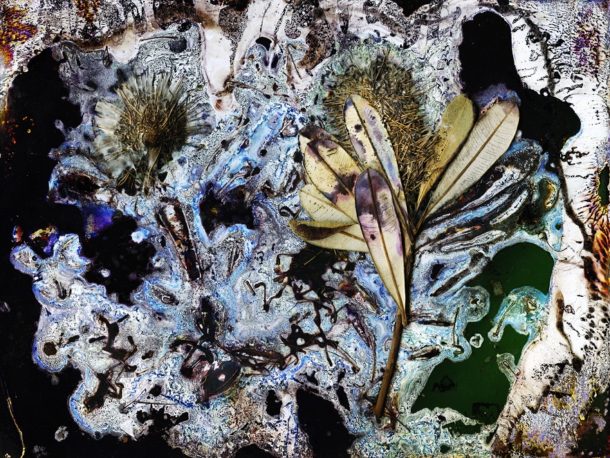

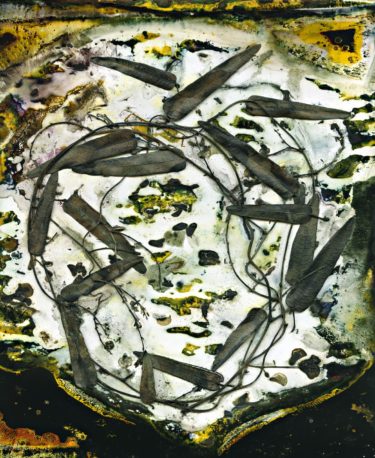
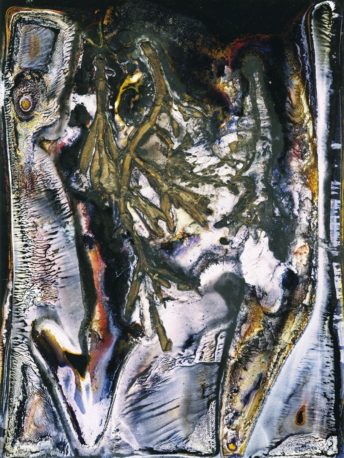
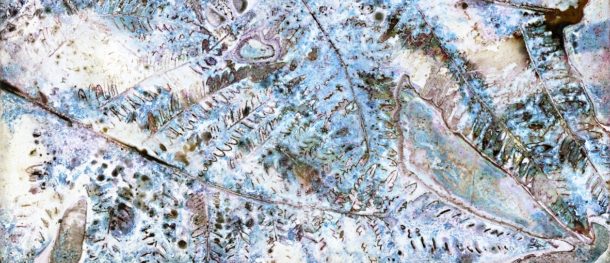
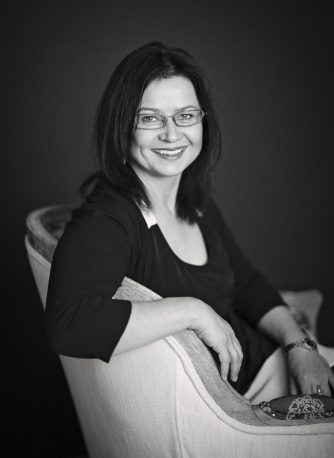














The opinions expressed by individual commentators and contributors do not necessarily constitute this website's position on the particular topic.